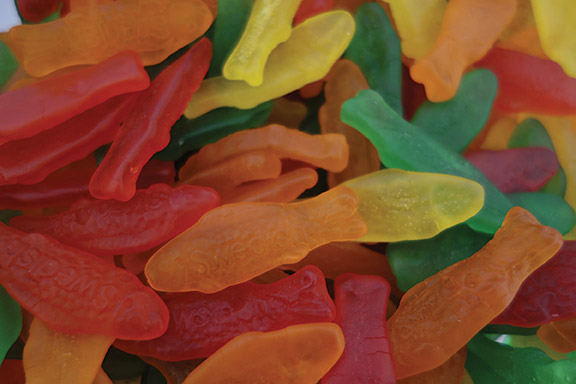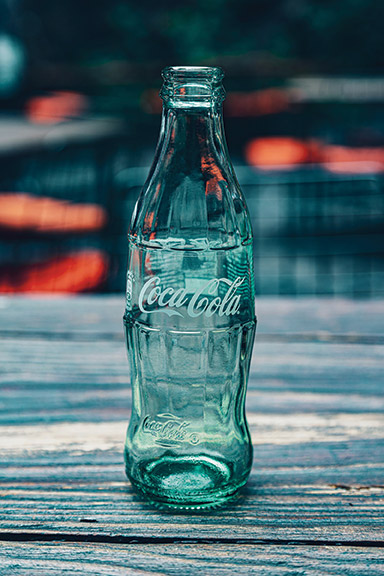
by HOWARD N. ARONSON, senior partner, Nolte Lackenbach Siegel
The COVID-19 pandemic has fueled an uptick in toy sales, and the ever-increasing percentage of e-commerce sales makes product appearance — as opposed to packaging — more important than ever. In many cases, the outer packaging is not shown at the digital point of purchase and consumers see the product itself instead. Therefore, a distinctive product appearance not only helps sales, but also might provide a property right — called protectable trade dress — to prevent your competitors from emulating your item.
WHAT IS TRADE DRESS?
“Trade dress” is a term used to describe specific types of trademarks, just as the terms “slogan” and “logo” are used to describe other types of trademarks. Over the years, however, the types of elements included in the definition of trade dress have changed and expanded, which is why these rights are more often forgotten or overlooked by both toy companies and lawyers. And while UPS’ brown color scheme may be a protectable trade dress, the definition is not limited to dresses, uniforms, or clothing.
Historically, a trade dress “referred only to the way a product was ‘dressed up’ to go to market — with a label, package display card, and similar package elements,” as a federal appeals court described it. The modern view of trade dress is much more expansive and, as the Supreme Court has explained, includes a product’s “total image” or “overall appearance” and “may include features such as size, shape, color or color combinations, texture, graphics, or even certain sales techniques.”

CAN A COLOR FUNCTION AS A TRADEMARK?
The law permits trade dress protection for a single color, but when used on products as opposed to packaging, the standard for protection is extremely high. The U.S. Supreme Court has noted that consumers do not expect a single color to identify a source of a product, but it is indeed possible. Rare examples are a trademark registration for pink fiberglass residential insulation and a registration that covers hand tool handles, namely pliers, for a particular shade of blue.
ARE THE “LOOK AND FEEL” OF YOUR TOY A TRADEMARK?
Like all trademarks, trade dress must be “distinctive” to be protectable. While a product’s configuration — the toy itself — can never be inherently distinctive, it can be entitled to trade dress protection once you can establish that the configuration has acquired distinctiveness. Many products have achieved trade dress protection, including the configuration of blenders and mixers.
Because trademark protection cannot exist for a product’s color or configuration immediately upon a product’s launch, except when another form of protection applies, competitors remain free to copy a product’s shape or color — unless and until the shape or color obtains a secondary meaning, which we, as lawyers, see occurring more and more often. Therefore, for important shapes or colors, it may be prudent to seek other forms of protection, such a design patent, which can exist without secondary meaning.

IS IT PACKAGING OR PRODUCT?
Because of the two disparate standards for obtaining protection, and the expense and difficulty of proving that a color or configuration has achieved an acquired distinctiveness, any toy or game company seeking trade dress protection is better served by calling its trade dress “packaging” as opposed to “configuration.” Determining whether the trade dress is packaging or the product will not always be an easy task. The Supreme Court gave two examples of this difficulty: the old-fashioned Coca-Cola bottle, which both holds Coca-Cola and is collected as a bottle; and the decorative style of a chain of restaurants. Are the bottle and the restaurant’s decor the products or packaging?
A court held that the original manufacturer of Swedish Fish gummy candies could not protect the design of its candy products because the shape of the candies is generic (looks like a fish) and functional (the only way to portray a fish is with a fish shape, scales, and other typical features).
But another court did protect a wine store’s interior design. The court did not treat the design as product configuration and therefore did not require the plaintiff to prove secondary meaning.
WHY TRADE DRESS RIGHTS ARE OFTEN FORGOTTEN
Based on the accepted definition of trade dress (the total image or overall appearance), all of the claimed features must be viewed as a whole when characterizing or protecting a particular dress.
Thus, a party may claim protection for a unique combination of features, even though all of the features, individually, may have been used previously by others. Similarly, a trade dress may be protectable even if it incorporates elements that are generic or descriptive.
Since toy and games are often created by borrowing successful features from competitors, many companies fail
to realize that their unique combination of features may be protectable when they review intellectual property assets. A careful trademark attorney should thoroughly review the company’s design process to determine exactly how the product was created. General knowledge of the industry, and of the company’s closest competitors particularly, is vital to analyzing a trade dress.
“Now, more than ever, you need to be aware of your trade dress rights for your toy products.”
STRETCHING THE BOUNDS OF TRADE DRESS PROTECTION
Based on the extremely broad definition of trade dress, the concept has been used to protect a wide assortment of features that would seem to be incapable of protection at first. Trade dress theories have been used to protect restaurant “atmospheres,” the configuration of a variety of products, colors, and the presentation style of a trade show.
In some of the most important trade dress cases, the U.S. Supreme Court held protectable the trade dress of a Taco Cabana restaurant, and the overall appearance of the Ferrari cars was protected from a kit-car manufacturer copying them.
AND … TRADE SHOWS: TOY FAIR
Trade dress rights have been recognized in the overall style of trade shows. For example, the defendant in Toy Manufacturers v. Helmsley-Spear, 960 F.Supp 673 (S.D.N.Y. 1997) was prohibited from conducting a trade show that would compete with the annual Toy Fair New York in such a way that would mislead the public as to who was sponsoring the two shows. The protectable features of Toy Fair New York included “the name, the date, the location, and the registration process.”
IT’S TIME TO ACT!
Now, more than ever, you need to be aware of your trade dress rights for your toy products. It may be hard to achieve and difficult to enforce at times, but it is well worth the effort to secure exclusive rights in your toy product.
This article was originally published in the May 2022 edition of the Toy Book. Click here to read the full issue!


